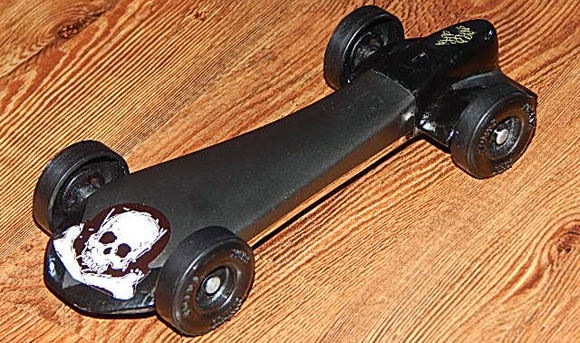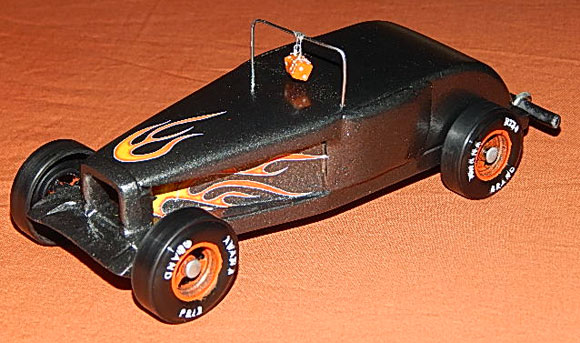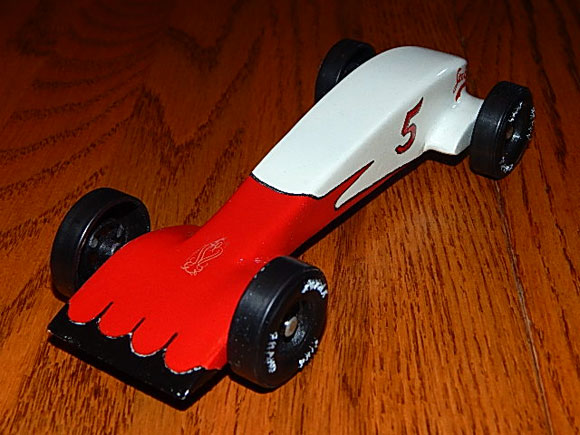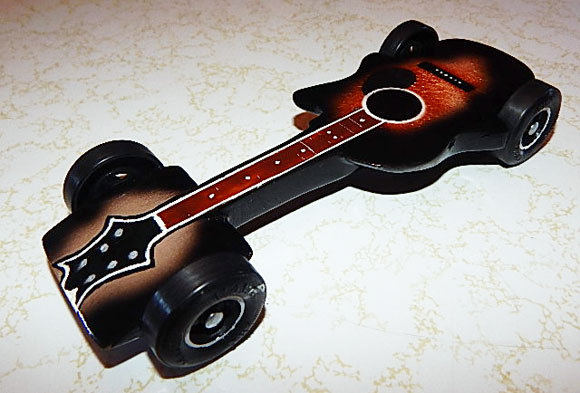
Barracuda


Barracuda
 Barracuda |

|
 Barracuda |
|
|
|
 
If you are planning a race and are not required to use a specific kit type, our MV Basic or Wedge Car Kit are just what you need. These attractively priced kits are equipped with:
|

If axle holes are allowed in your race (as opposed to requiring the use of axle slots), then new axle holes can be drilled with a Pro-Body Tool, Pro-Body Jig, or with a drill press.
If axle slots are required, then new slots can be cut with a Pro- Body Slotter.
If the original slots must be used, then a piece of the block can be cut off the back and glued to the front. (See Figure 2).
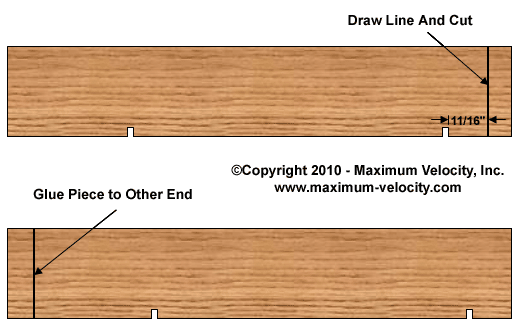
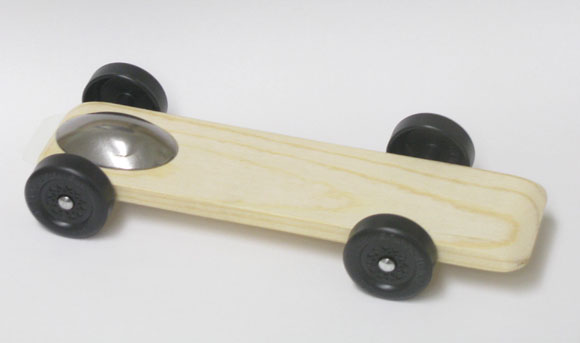
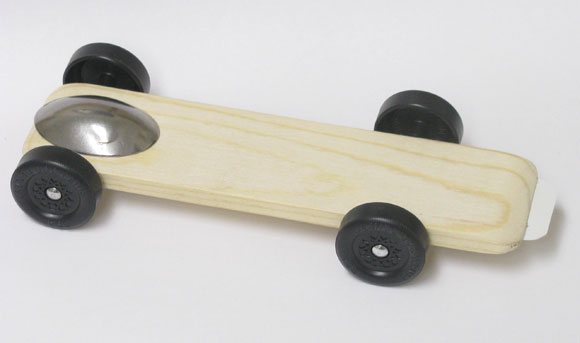
Raising teenagers is like nailing Jell-O to a tree.
Wrinkles don't hurt.
Families are like fudge ... mostly sweet, with a few nuts.
Today's mighty oak is just yesterday's nut that held its ground.
Laughing is good exercise. It's like jogging on the inside.
Middle age is when you choose your cereal for the fiber, not the toy.

|
BSA Speed Axles 1 Penny Per Set |

|
